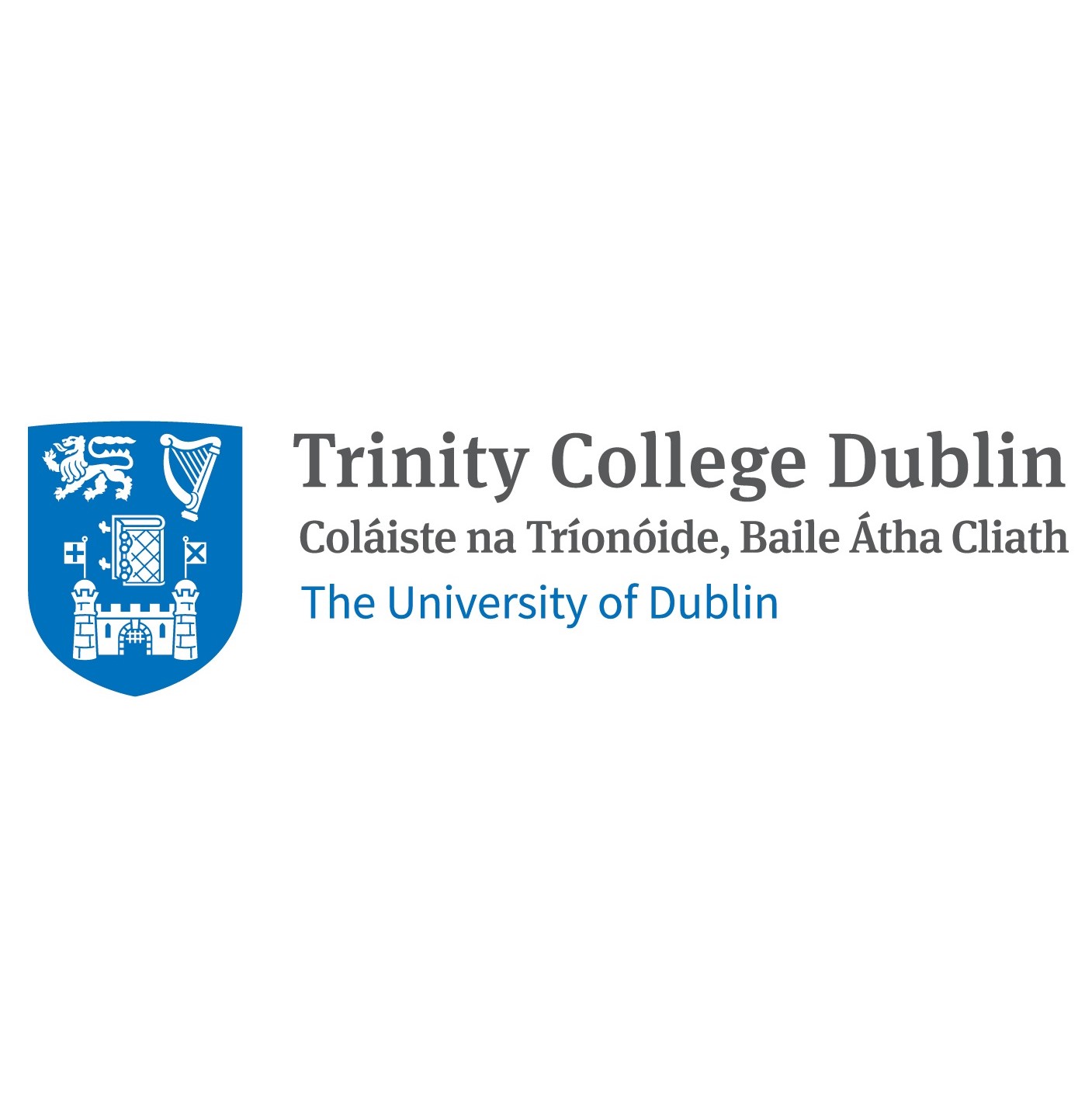Commercialisation of Low Carbon Cements
From Ashes to Concrete: Trinity College Dublin and FLI Precast Solutions Turn Power Plant Byproduct into Low-Carbon Innovation
In a groundbreaking leap towards sustainability, researchers at Trinity College Dublin have transformed industrial byproduct into high-quality, low-carbon concrete, creating a powerful blueprint for Ireland’s green construction future. This pilot project was funded by Enterprise Ireland’s Construct Innovate and it is close to completion.
Led by Prof. Sara Pavia and Dr. Zehao Lei of the Department of Civil, Structural and Environmental Engineering, the team has developed innovative methods of using biomass ash — a newly emerging solid byproduct produced by BnM’s Edenderry Power Station.
The Edenderry Power Station, Ireland’s largest renewable dispatchable energy facility, transitioned to 100% biomass energy generation in late 2024. The power plant uses sustainable forestry and agricultural residues to supply clean energy to over 150,000 homes. Widely praised for its pioneering role in Ireland’s renewable energy sector, the Edenderry Power Station represents a crucial step towards achieving national carbon neutrality.
“Biomass is inherently carbon-neutral,” explains Prof. Pavia. “However, the disposal of the resulting ash byproduct represents a considerable challenge. Our approach not only solves this issue but turns the ash into a valuable resource.”
Due to its substantial volumes, the ash presents considerable handling and disposal difficulties, requiring the development of an engineered repository which can be both costly and environmentally unsustainable.
Partnering with local industry leader FLI Precast Solutions, a specialist in precast concrete products, the research group explored two pioneering techniques. The first replaces a significant portion of Portland cement—a notoriously high-carbon material—with biomass ash, drastically reducing the concrete’s carbon footprint.
The second, more ambitious technique eliminates Portland cement through an advanced geopolymerization process which uses a blend of metallurgical slag and biomass ash.
This method has successfully achieved a remarkable 51% reduction in carbon emissions without compromising concrete performance.
Luke O’Connor, Chief Engineer of FLI Precast working in the project, praised the partnership stating, “Our commitment to pioneering sustainable practices underscores our dedication to shaping a future where business and nature thrive in harmony. Trinity’s innovative research aligns perfectly with our corporate vision, and we are proud to support scientific advancements that drive sustainable industry solutions.”
The implications of this development go beyond environmental benefits. The project actively supports Ireland’s ambitious carbon-neutrality goals and exemplifies the potential of a circular economy, effectively converting problematic byproduct into sustainable construction materials. Dr Lei noted, “This innovation provides a practical, scalable solution to management of ash byproduct, significantly easing the environmental pressures faced by industries and communities alike.”
This pilot project was funded by Enterprise Ireland’s Construct Innovate and it is close to completion. As the pilot phase has proven successful, both Trinity College and FLI Precast are partnering with other industries to search for means to further this research and broaden the adoption of this technology across Ireland, setting a new standard for sustainable construction. SISK and Roadstone are also partners in the research programme working on site placement and ready made concretes respectively.
“Our aim is to rally and assist change in the construction sector,” says Prof. Pavia. “We’re creating stronger, greener concrete to build the foundations for a sustainable future.”
Ireland produces around 5 million tons of cement per year, of which around 3 million tons are for domestic consumption, with the remainder mainly exported to the UK (Oneclick LCA 2024). In 2022, the cement sector accounted for 2.88 million tonnes of CO₂-equivalent, or 4.8% of total national emissions (Gov. of Ireland 2024). The 2023 data show that Ireland’s four main cement plants emitted a total of approximately 2.70 million tonnes of CO₂-equivalent, which is slightly lower than the previous year’s level, mainly due to lower production volumes (Climate Change Advisory Council 2024).
Below is a rough calculation of the carbon footprint of standard GGBS (CEM III) concrete compared to the Trinity College BA geopolymer concrete which has no clinker at all. As it can be seen from the calculations, the geopolymer concrete could reduce around 51% of carbon emissions.
| Reference: CEM III A 400 (FLI standard) | Emission Factor
kg CO2/t |
Carbon emission
kg CO2 /m3 concrete |
| Aggregate | 0.00857 | 13.72 (7.87%) |
| CEM I | 0.65620 | 131.24 (75.29%) |
| Slag (GGBS) | 0.03771 | 7.54 (4.33%) |
| Limestone filler | 0.12100 | 21.78 (12.50%) |
| Admixture | 0.00300 | 0.03 (0.01%) |
| Sum | 174.31 |
| BA-based Geopolymer | Emission Factor
kg CO2/t |
Carbon emission
kg CO2 /m3 concrete |
| Aggregate | 0.00857 | 13.72 (16.19%) |
| Biomass ash | 0.0265 | 5.30 (6.26%) |
| Slag (GGBS) | 0.03771 | 7.54 (8.90%) |
| Activator | 0.59000~0.79100 | 36.36 (42.92%) |
| Limestone filler | 0.12100 | 21.78 (25.71%) |
| Admixture | 0.00300 | 0.03 (0.01%) |
| Sum | 84.71 |
Professor Sara Pavia – Trinity College Dublin
Collaborators:
SISK, FLI precast, ROADSTONE
Collaborators
Principal Investigator









